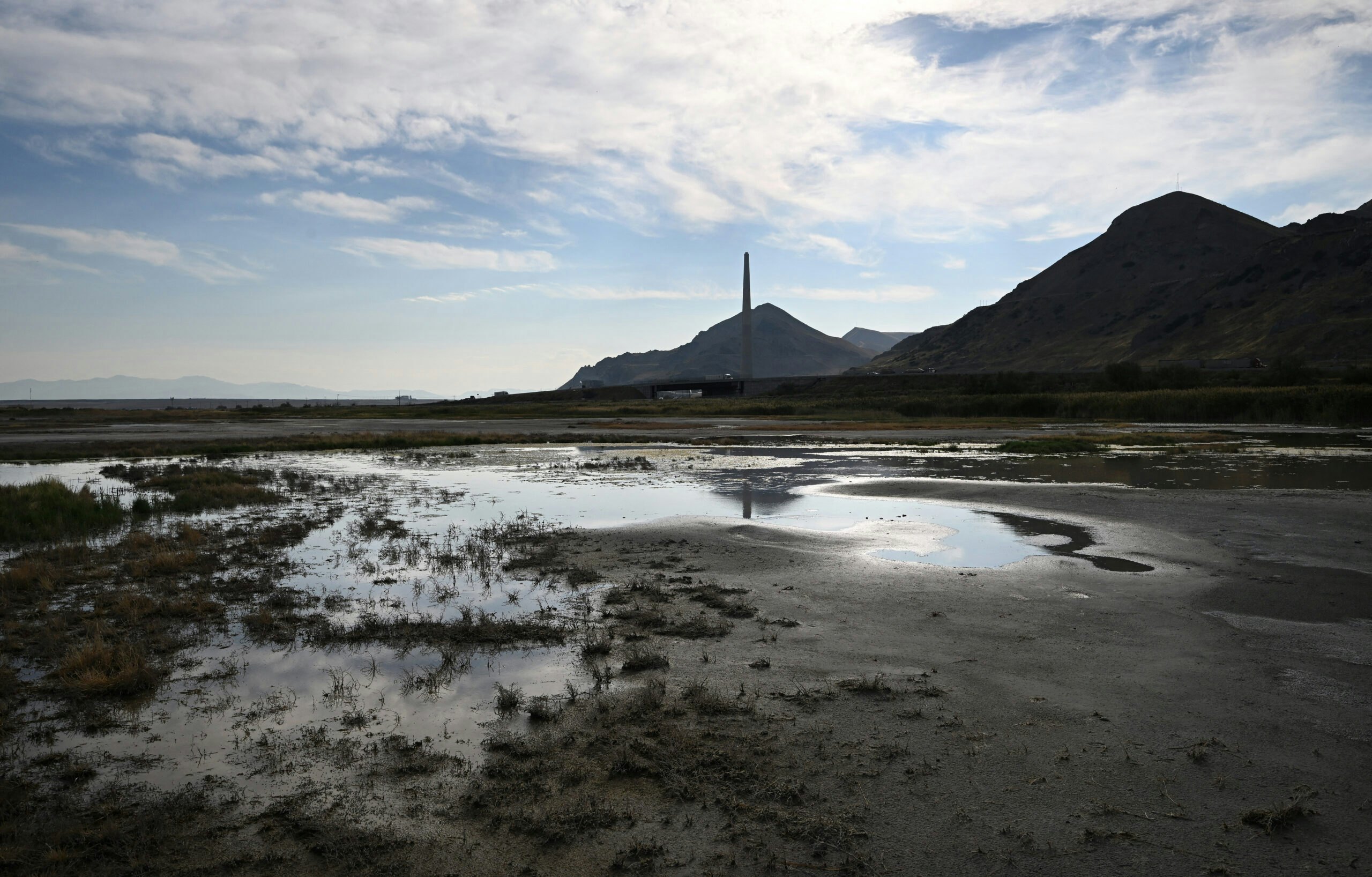CAFTA has shown that when the Central America takes positive steps toward increasing trade and economic integration, real improvements and economic growth are the result.
From caravans heading north to growing Chinese influence in the region, it’s well-documented that Central America is grappling with challenges. Many of these situations are a direct reflection of the region’s economies. But optimism for Central America to turn the economy around should prevail. Data suggests some early wins, along with opportunities to continue improving key metrics such as business environment, could help grow prosperity in the Northern Triangle.
The George W. Bush Institute’s Central America Economic Scorecard shows that trade and regional economic integration are key factors in determining a country’s global competitiveness. By dialing down into specific indicators, it is easy to see where Central America has made positive changes and where there are still opportunities to move in the right direction.
In 2004, the region took a major step toward economic improvement with the signing of the Central America Free Trade Agreement (CAFTA). A first of its kind free trade agreement between the United States and a group of developing countries— the Dominican Republic, Costa Rica, El Salvador, Honduras, Guatemala and Nicaragua. It was designed to increase U.S. market access, foster direct investment, promote regional economic integration in Central America and diversify Central American exports. Since implementation, CAFTA has spurred a 17 percent increase in trade between the U.S. and Central America.
Currently, the region is the second-largest Latin American export market for U.S. producers, behind only Mexico. Inter-regional trade grew at an even faster rate, increasing 45 percent in real terms from $5.7 billion annually in 2006 to $8.3 billion annually in 2016. Extra-regional trade has increased by 20 percent, indicating that CAFTA has also helped position Central American countries to participate more fully in global value chains.
CAFTA also included commitments that remove barriers to private investment and create common standards and regulatory oversight for financial institutions in Central America and the Dominican Republic. The result of these can be seen in the Investment Environment Indicator. Since 2007, the CAFTA countries (minus the U.S.) have shown the largest improvement, from a score of 35.4 to 43.8 (on average).
Foreign Direct Investment (FDI) has grown in the region as well. Since the implementation of CAFTA, the value of inward FDI stock in participating countries (excluding the U.S.) has increased by an average of 189 percent in real terms. Additionally, the political collaboration required to negotiate and implement CAFTA was also directed toward expanding regional financial institutions with common banking standards and regulatory oversight, an initiative that attracted international banks to further develop the region’s capital markets.
There are still many indicators where the region scores low, such as legal systems, property rights, business environment, health and education, and infrastructure. These economic challenges, coupled with gang violence, drug trafficking, and corruption, combine to create the push factors that have many Central Americans fleeing north.
However, CAFTA has shown that when the region takes positive steps toward increasing trade and economic integration, real improvements and economic growth are the result. Moving the needle in these key areas could foster economic growth and improve the overall situation in the region, resulting in reduced immigration pressures on America’s borders and expanded markets for U.S. exporters.
It is in light of this opportunity that the George W. Bush Institute launched its Central America Prosperity Project (CAPP). Experienced Central American leaders with emerging Central American leaders from the region’s Northern Triangle—El Salvador, Honduras, and Guatemala— had a series of focused discussions on the efforts the region has made over the past two decades. The group developed action-oriented strategies, which include reforms to promote competition and encourage investment, regional economic integration, and engagement in global trade.
Based on these conversations, the George W. Bush Institute created action-oriented recommendations the Northern Triangle can take to move the economy forward. These call-to-actions focused on a digital strategy were presented in Washington, DC at an event hosted by the Atlantic Council’s Adrienne Arsht Latin America Center, “Promoting Economic Growth in the Northern Triangle: A Practical Approach.” At the event, CAPP participants also discussed Central America’s challenges and opportunities and policy ideas that could create a path to sustained economic growth for the Northern Triangle Region.
CAFTA has shown that a truly collaborative effort between the United States and Central America can result in economic wins for everyone involved.
Jenny Villatoro is assistant at the Bush Institute-SMU Economic Growth Initiative.


























